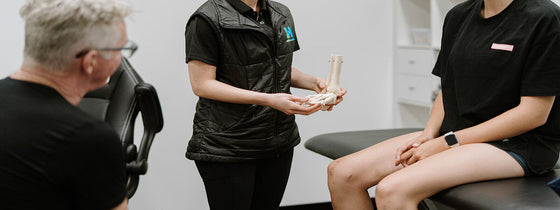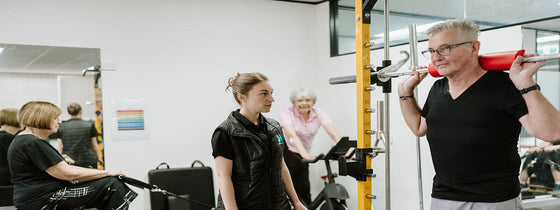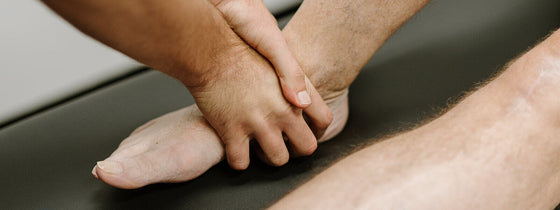The surgery to reconstruct your ACL ligament is nothing to be scoffed at. It is a fairly substantial operation that is traumatic to your knee. The graft, whether it be hamstrings, patella or quadriceps tendon needs to be harvested, tunnels drilled into your femur and tibia for the graft to be inserted and then secured with screws. Sounds pretty full on, and it is! Due to this you can often end up with a lot of swelling and soreness immediately post-surgery.
In this initial period it is important to allow your knee to rest and recover. However, this does not mean you can kick back on the couch and do nothing for a month. Of course, there will be a bit of Netflix, reading books and trawling social media involved, but you also have to earn this time off! Your physiotherapist will instruct you on the exercises that you need to navigate through this period.
Key goals of this phase include:
Consulting with your physiotherapist 7-10 days post surgery is ideal to get the ball rolling. They will assess how much movement and swelling you have and give you exercises targeted at improving these important things. You may also need some soft tissue therapy to free things up and get you moving.
Pain and swelling management techniques include routine icing, wearing compression and elevating the knee regularly. To get your range of motion going you will be required to work pretty hard to bend and straighten the joint regularly throughout the course of the day – once you have sufficient ROM, getting onto a spin bike can be an excellent way to get the knee moving.
You will also be given some exercises to get your quadriceps muscles firing – this becomes very important as you attempt to wean yourself down off your crutches. If your quadriceps are not activating well you will find it challenging to hold your knee strongly throughout the stance phase of gait – so get those quads firing and ditch the crutches!
Once we have a ‘quiet’ knee, you can start the next phase of your rehabilitation. ‘Quiet’ means that there is minimal pain and swelling within the knee, you have sufficient range of motion and your quads are activating sufficiently to allow you to perform a number of different strengthening exercises.
The more diligent you are throughout this phase, the faster you will transition onto the more fun stuff of stage 3 !
Make sure your give us a call on 94315955 or book online to see a physiotherapist who will help you through your ACL journey.

If you're experiencing back or neck pain with neurological signs and symptoms, a thorough neurological examination is crucial for accurate assessment and effective treatment. In this Optimal Tip learn more about what we mean by completing a neurological exam!

Squats, deadlifts, and calf raises are key movement patterns that should be part of every strength and conditioning program—regardless of age and activity level. These functional movements support joint health, improve posture and balance, and reduce the risk of injury while building strength where it matters most.

A ganglion cyst is a fluid-filled swelling that typically forms over a joint or tendon sheath, causing discomfort and pain, especially when pressing against nerves or joints. Proper assessment and treatment, including physiotherapy, are essential for managing symptoms and improving function in the presence of a ganglion in your hand, foot, or wrist.